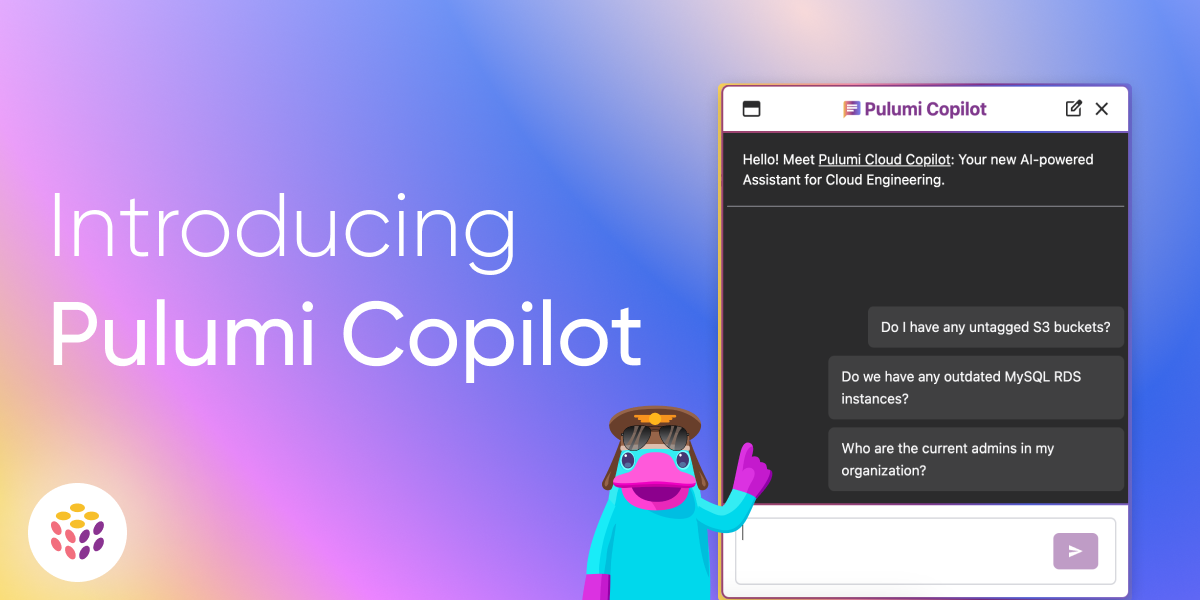Pulumi + Python: Bringing the Best of Modern Python to IaC

One of our most important goals at Pulumi is to bring the very best of software engineering tools and practice to your cloud infrastructure. Pulumi embraces existing popular programming languages as a way to tap into everything that these language ecosystems offer developers – rich programming models, familiar syntax, IDE productivity, package management and versioning, componentization and reuse, testing, and so much more.
Python in particular has been one of the most popular languages used across the Pulumi platform, and the fastest growing over the last 2 years. Over the last few months, we’ve worked on a set of improvements that allow Pulumi users to take advantage of the latest and greatest tooling and features from the Python ecosystem. The key new features include:
- More Pythonic resource APIs: A new dictionary-based API design which embraces a simple and familiar Pythonic API design along with access to great type checking and tooling building on recent enhancements to
TypedDictsupport in the Python programming language and tools. - Native support for Poetry: Built-in support for working with Poetry in place of
pip, making it easy to integrate Pulumi into projects and repositories leveraging the popular Poetry package management toolchain for Python. - Type checker integration: New ability to run your favorite Python type checkers directly within the Pulumi deployment process.

















